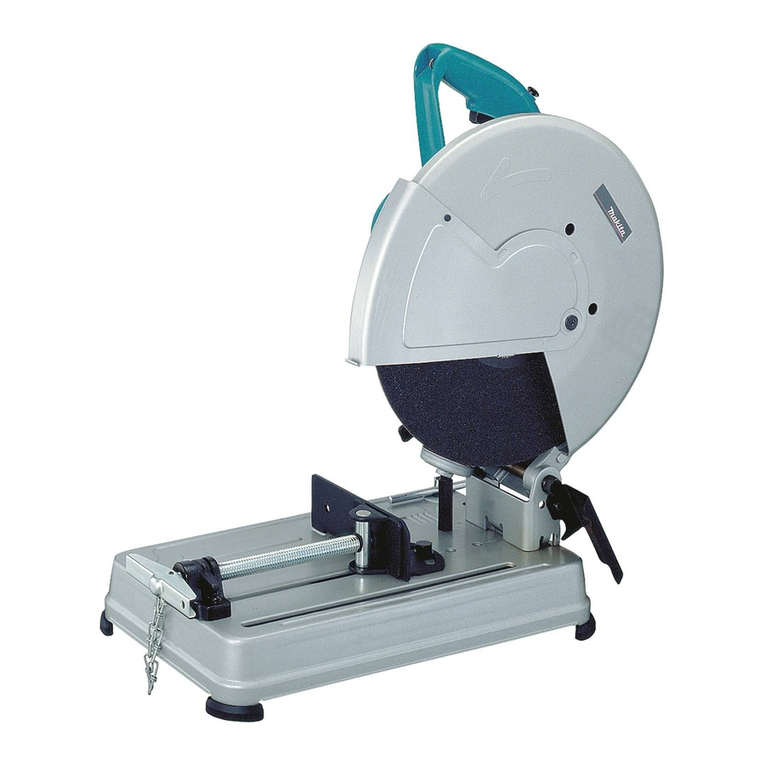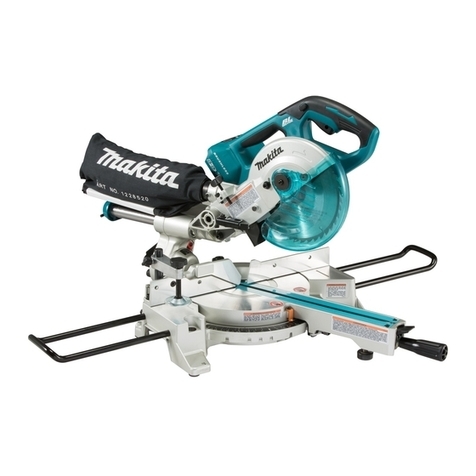Makita LS1013 User manual
Other Makita Saw manuals

Makita
Makita DCS5553Z User manual

Makita
Makita LS0714 User manual
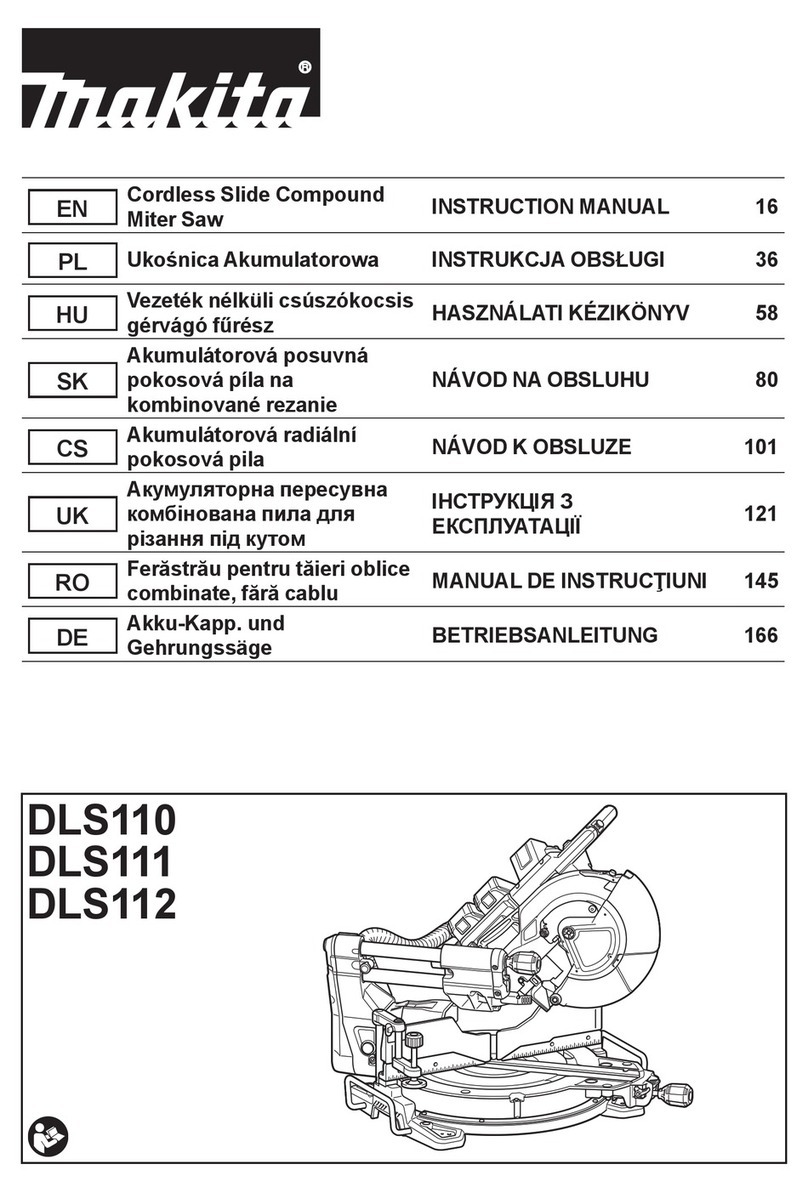
Makita
Makita DLS110 User manual
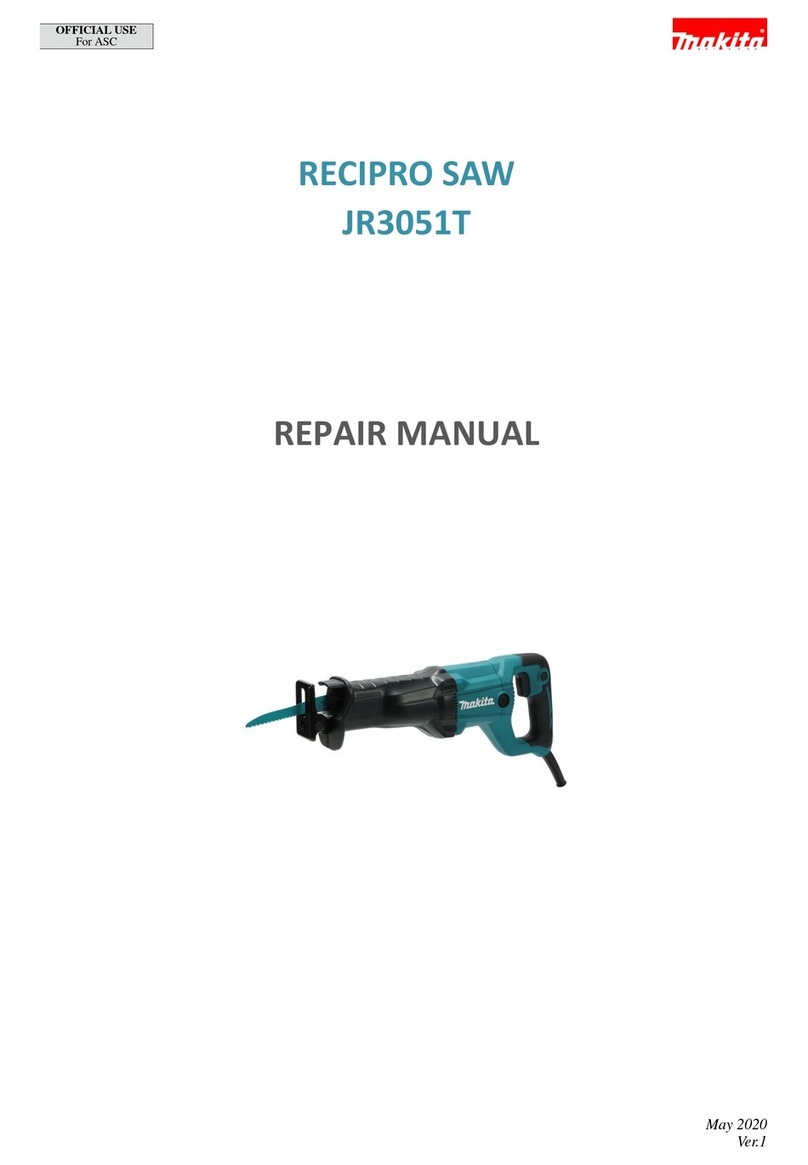
Makita
Makita JR3051T Operating instructions
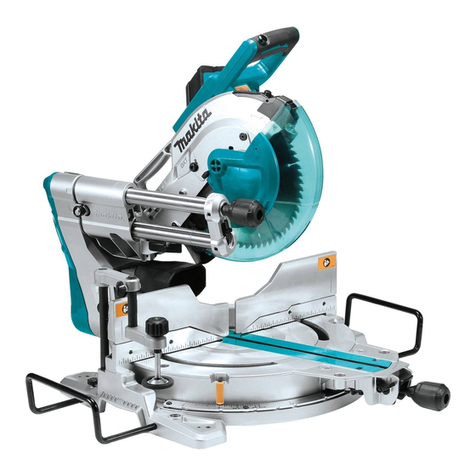
Makita
Makita LS1019 User manual

Makita
Makita LS0714 User manual

Makita
Makita DSP601Z User manual
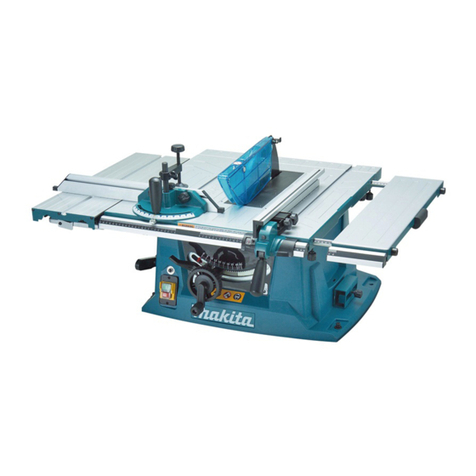
Makita
Makita MLT100 User manual
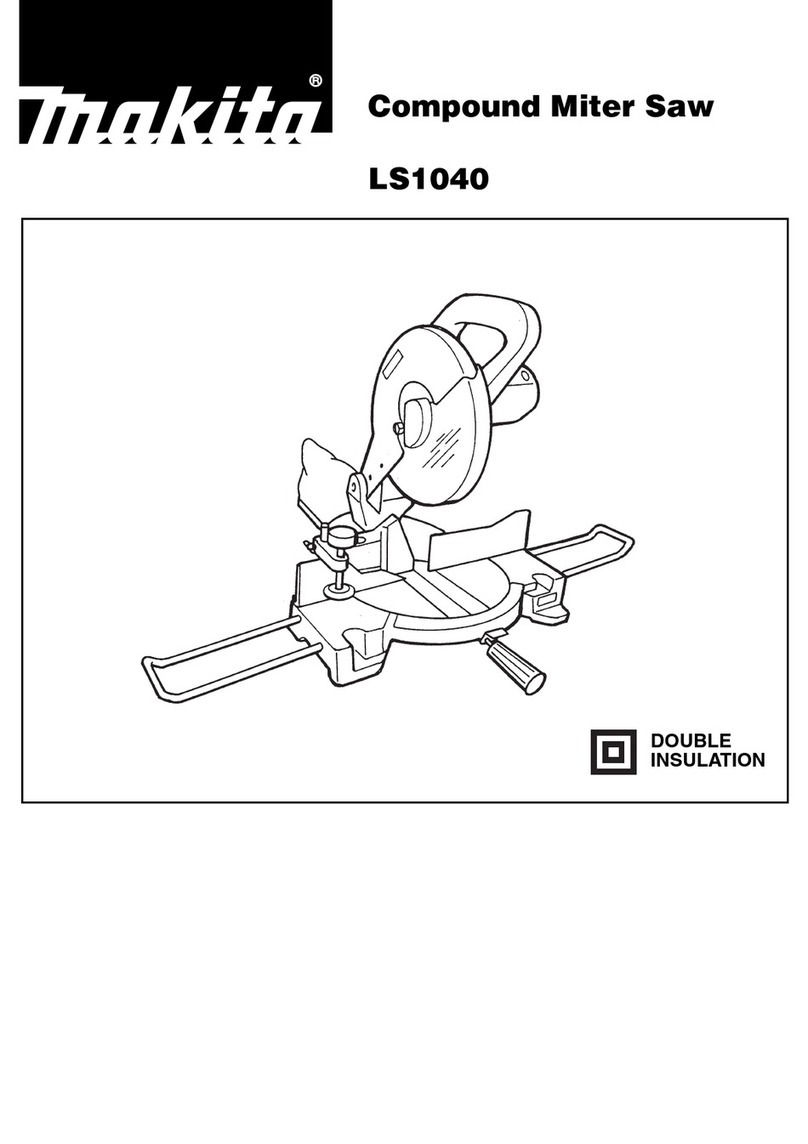
Makita
Makita LS1040 User manual
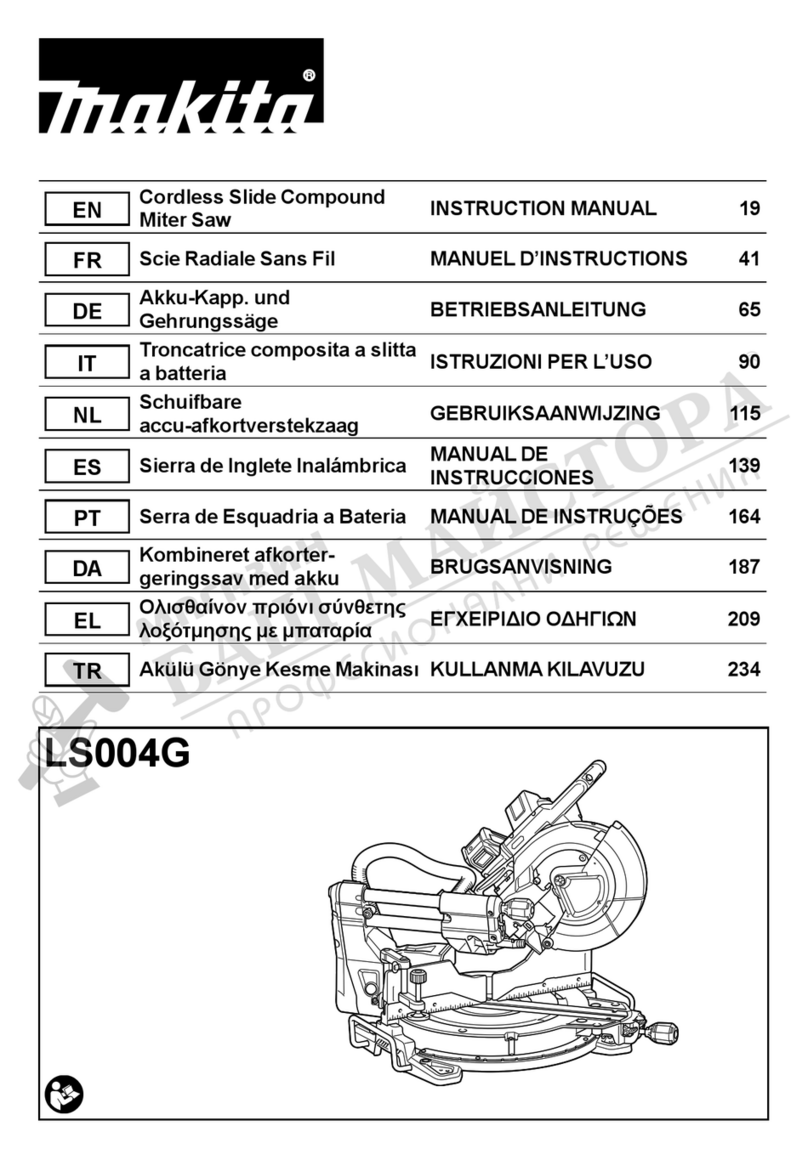
Makita
Makita LS004G User manual
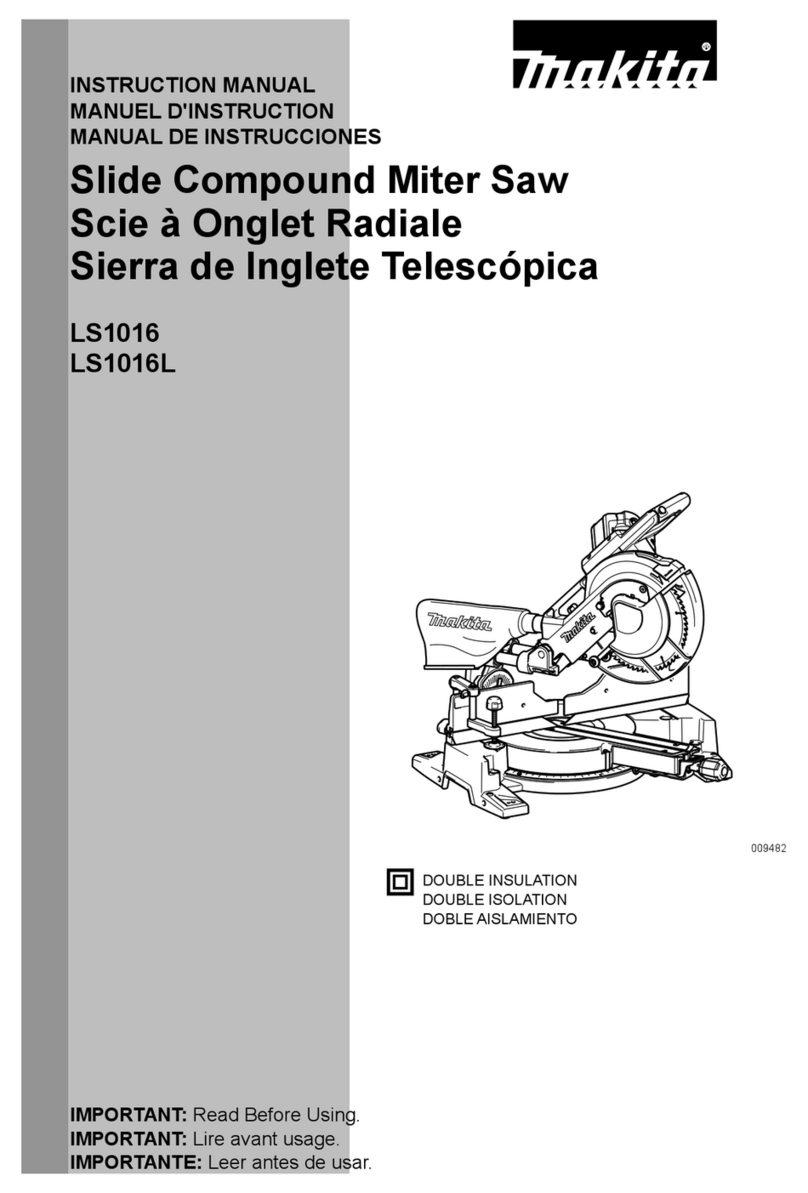
Makita
Makita LS1016 User manual

Makita
Makita XBP04 User manual
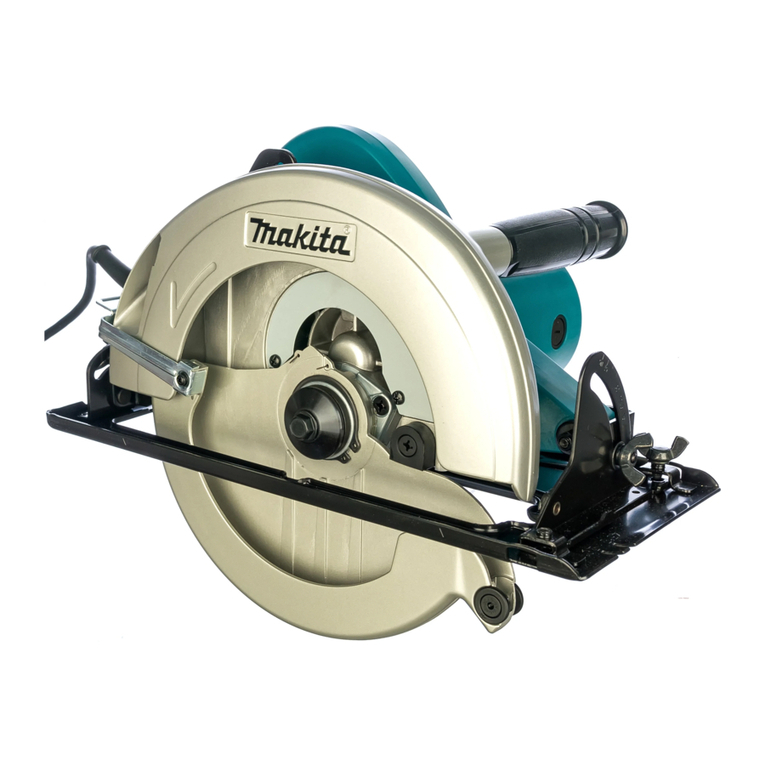
Makita
Makita N5900B User manual

Makita
Makita LS1040 User manual

Makita
Makita 2414NB User manual
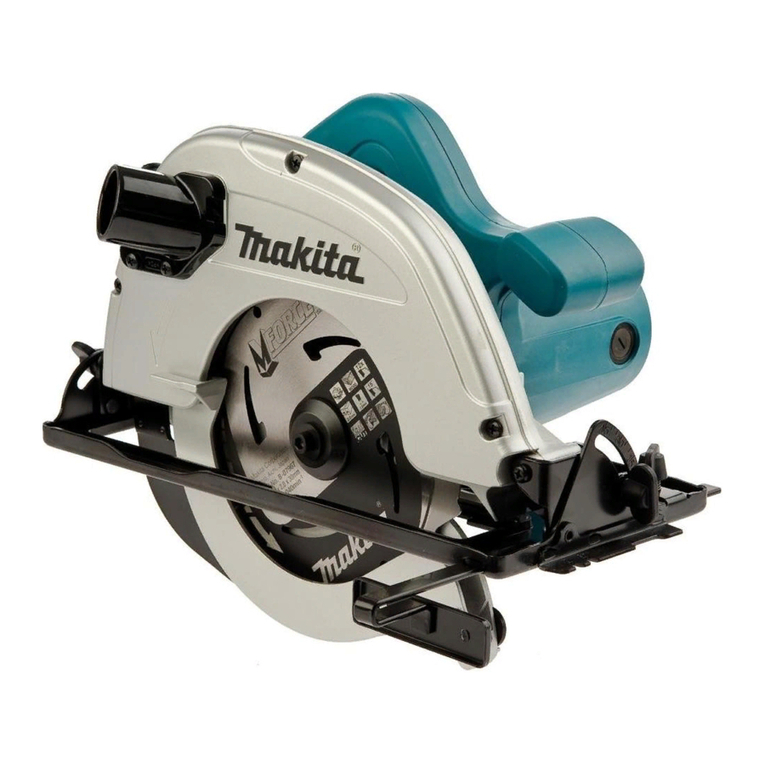
Makita
Makita 5704R User manual

Makita
Makita XSL01Z User manual

Makita
Makita SP6000K User manual
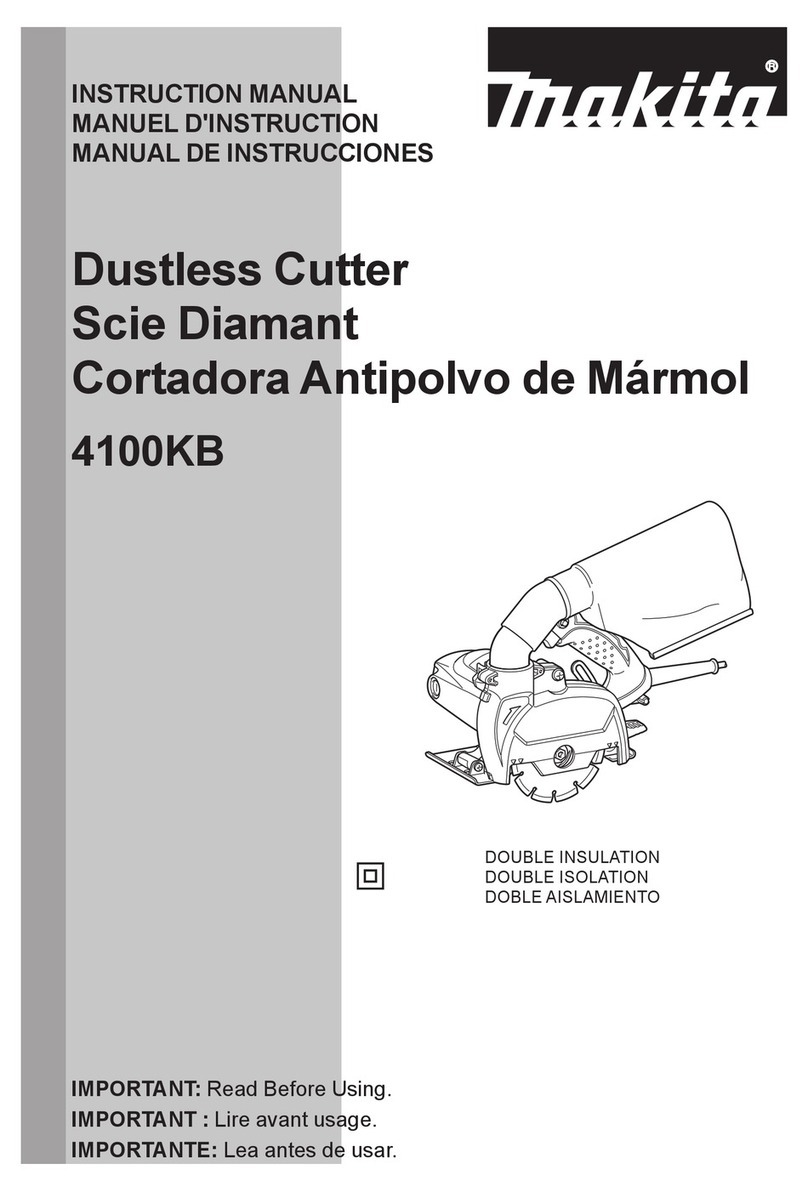
Makita
Makita 4100KB User manual
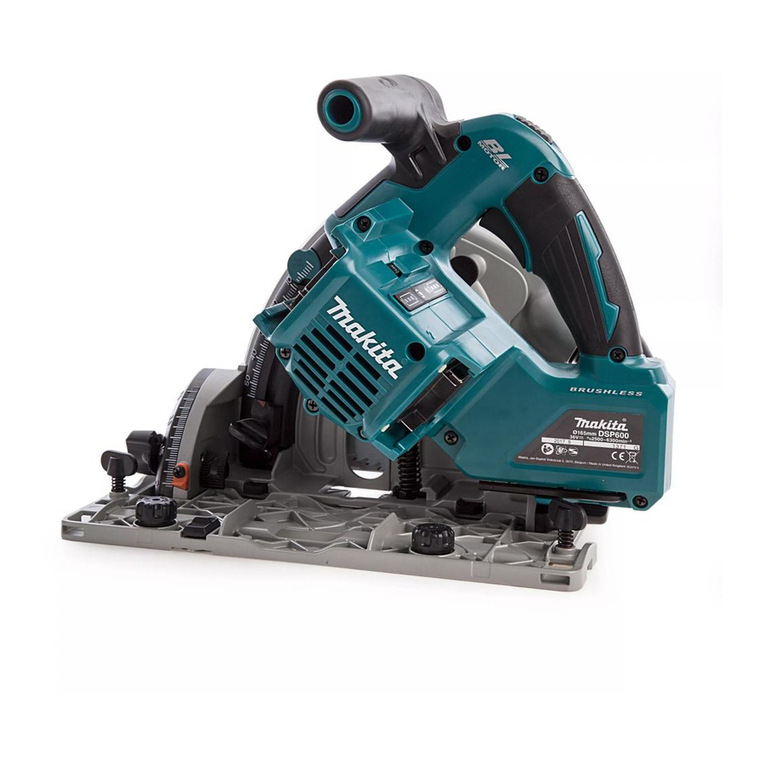
Makita
Makita DSP600 User manual

